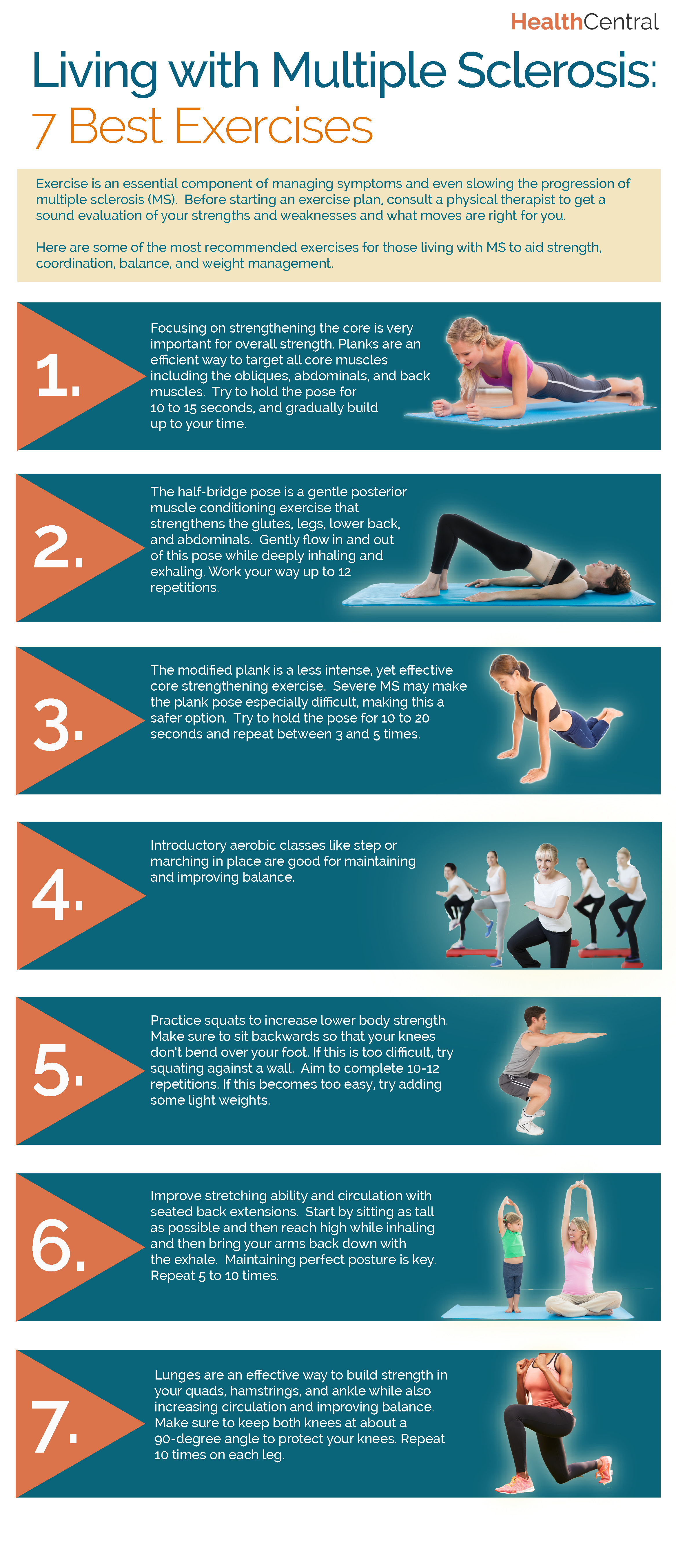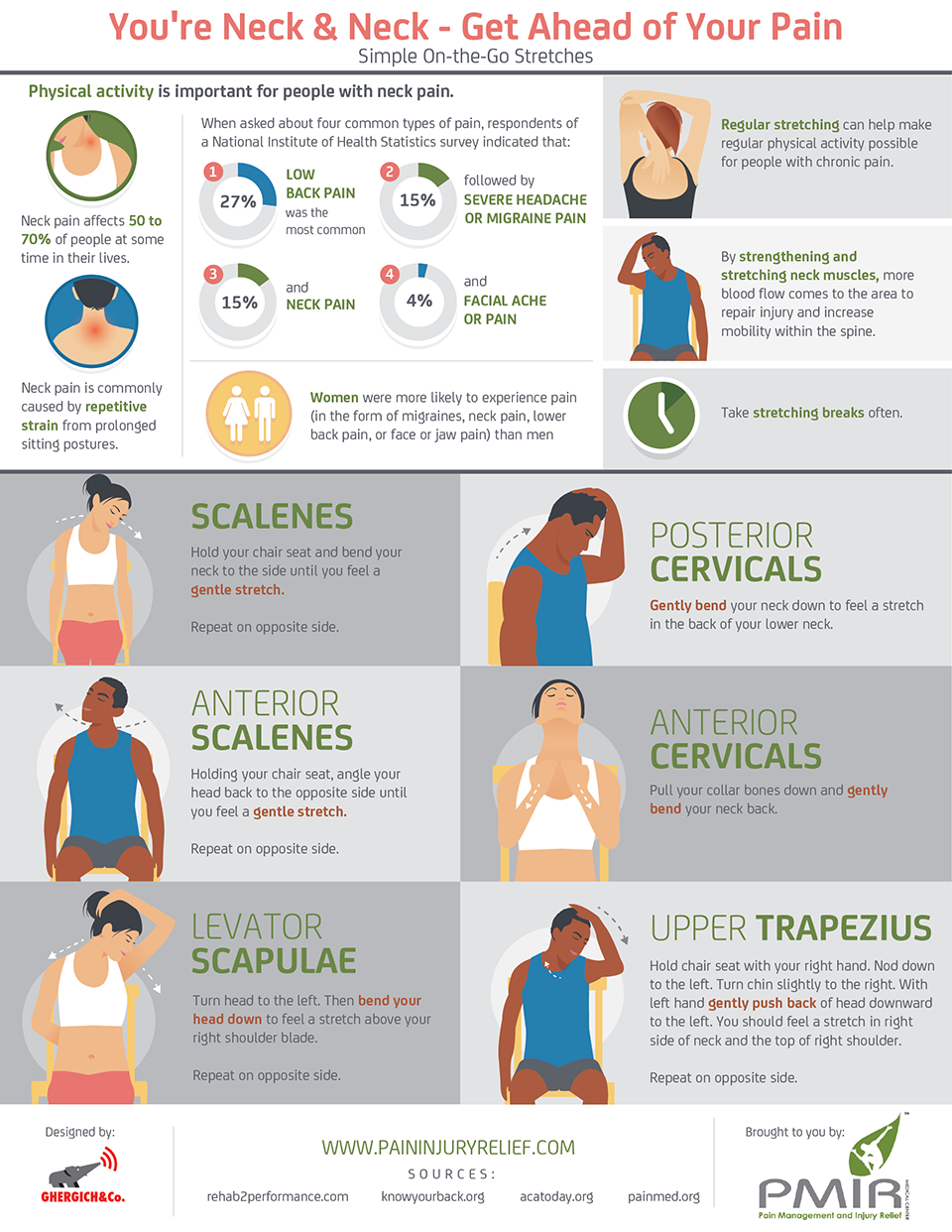Neurologist and researcher Dr Monica Marta gives us some great tips on exercise and multiple sclerosis.
exercise
Self-help for fibromyalgia – some really great tips
Self-help for fibromyalgia
If you have fibromyalgia, there are several ways to change your lifestyle to help relieve your symptoms and make your condition easier to live with.
Your GP, or another healthcare professional treating you, can offer advice and support about making these changes part of your everyday life.
There are organisations to support people with fibromyalgia that may also be able to offer advice. Visit UK Fibromyalgia’s support group section for a list of support groups across the country. You may also find it helpful to talk to other people with fibromyalgia on this online community.
Below are some tips that may help relieve symptoms of fibromyalgia. You can also read more information about living with pain.
Exercise
As fatigue (extreme tiredness) and pain are two of the main symptoms of fibromyalgia, you may find that you’re not able to exercise as much as you’d like. However, an exercise programme specially suited to your condition can help you manage your symptoms and improve your overall health.
Your GP or physiotherapist (healthcare professional trained in using physical techniques to promote healing) can design you a personal exercise programme, which is likely to involve a mixture of aerobic and strengthening exercises.
Aerobic exercise
Aerobic activities are any kind of rhythmic, moderate-intensity exercises that increase your heart rate and make you breathe harder. Examples include:
walking
cycling
swimming
Research suggests that aerobic fitness exercises should be included in your personalised exercise plan, even if you can’t complete these at a high level of intensity. For example, if you find jogging too difficult, you could try brisk walking instead.
A review of a number of studies found that aerobic exercises may improve quality of life and relieve pain. As aerobic exercises increase your endurance (how long you can keep going), these may also help you function better on a day-to-day basis.
Resistance and strengthening exercises
Resistance and strengthening exercises are those that focus on strength training, such as lifting weights. These exercises need to be planned as part of a personalised exercise programme; if they aren’t, muscle stiffness and soreness could be made worse.
A review of a number of studies concluded that strengthening exercises may improve:
muscle strength
physical disability
quality of life
People with fibromyalgia who completed the strengthening exercises in these studies said they felt less tired, could function better and experienced a boost in mood.
Improving the strength of your major muscle groups can make it easier to do aerobic exercises.
Read more information and advice on health and fitness.
Pacing yourself
If you have fibromyalgia, it’s important to pace yourself. This means balancing periods of activity with periods of rest, and not overdoing it or pushing yourself beyond your limits.
If you don’t pace yourself, it could slow down your progress in the long term. Over time, you can gradually increase your periods of activity, while making sure they’re balanced with periods of rest.
If you have fibromyalgia, you will probably have some days when your symptoms are better than others. Try to maintain a steady level of activity without overdoing it, but listen to your body and rest whenever you need to.
Avoid any exercise or activity that pushes you too hard, because this can make your symptoms worse. If you pace your activities at a level that’s right for you, rather than trying to do as much as possible in a short space of time, you should make steady progress.
For example, it may help to start with gentler forms of exercise – such as tai chi, yoga and pilates – before attempting more strenuous aerobic or strengthening exercises.
Relaxation
If you have fibromyalgia, it’s important to regularly take time to relax or practice relaxation techniques. Stress can make your symptoms worse or cause them to flare up more often. It could also increase your chances of developing depression.
There are many relaxation aids available, including books, tapes and courses, although deep-breathing techniques or meditation may be just as effective. Try to find time each day to do something that relaxes you. Taking time to relax before bed may also help you sleep better at night.
Talking therapies, such as counselling, can also be helpful in combating stress and learning to deal with it effectively. Your GP may recommend you try this as part of your treatment.
Read more about stress management.
Better sleeping habits
Fibromyalgia can make it difficult to fall asleep or stay asleep (known as insomnia). If you have problems sleeping, it may help to:
get up at the same time every morning
try to relax before going to bed
try to create a bedtime routine, such as taking a bath and drinking a warm, milky drink every night
avoid caffeine, nicotine and alcohol before going to bed
avoid eating a heavy meal late at night
make sure your bedroom is a comfortable temperature, and is quiet and dark
avoid checking the time throughout the night
Avoid winter weight gain
Winter weight gain isn’t just an urban myth. Research has shown most of us could gain around a pound (half a kilo) during the winter months. That may not sound like much, but over the course of a decade it can add up.
“There’s good evidence that people put on weight over the winter,” says dietitian Sian Porter. “The more overweight you are, the more you tend to put on. And the most worrying aspect of this seasonal weight gain is that the pounds tend to stay on. People don’t seem to lose the extra weight.”
The three main reasons that people put on weight in the winter are lack of physical activity, comfort eating and overindulging at Christmas.
Cold weather and shorter days make it harder to exercise outdoors, so it’s easy not to do any exercise over winter. If you’re not outside as much, there’s more time and temptation to reach into the kitchen cupboard for high-calorie sweet snacks, such as biscuits and cakes.
Then of course there are the festivities surrounding Christmas. “What used to be a couple of days of parties and overeating now seems, for some, to be six weeks of overdoing it,” says Porter.
So what’s the solution? Here are four simple ways to avoid winter weight gain.
1. Stock up your kitchen cupboards
Keep your store cupboard stocked with staples such as cans of tomatoes, spices, beans and pulses, dried wholewheat pasta, wholewheat cereals, noodles, couscous and dried fruit.
Keep some extra bread in the freezer if there’s space. That way, you’ll be able to create a quick and nutritious evening meal, such as a lentil or vegetable soup or stew, at short notice. You’ll save money and avoid the temptation to order a high-calorie takeaway.
Here are 10 healthy hot meals for winter.
2. Exercise more in winter
When the outside temperature drops, it’s easy to give up on outdoor exercise. In winter, we stop doing calorie-burning outdoor activities such as short walks and gardening. But reducing the amount of physical activity you do is one of the biggest contributors to winter weight gain.
Cold weather and shorter days don’t mean you have to abandon exercise completely. Instead, rearrange your schedule to fit in what you can. You don’t need formal exercise to burn calories.
A brisk walk can be revitalising after being indoors with the central heating on, and it’ll also help boost your circulation. Put on some warm clothes and jog around the neighbourhood, or start a snowball fight with the kids.
Most leisure centres have heated swimming pools and indoor tennis and badminton courts. If you’d rather stay at home, buy some dance or workout DVDs, and always walk up the stairs at work rather than using the lift. “These little things can make all the difference when it comes to avoiding that pound of weight gain over winter,” says Porter.
Get more tips for exercising in winter.
3. Watch out for high-calorie drinks
It’s important to consume hot drinks throughout winter because it will help you keep warm. But some hot drinks are high in calories.
Milky, syrupy coffee shop drinks and hot chocolate with whipped cream can add a lot of calories to your diet. A Starbucks medium caffe mocha, for instance, contains more than 360 calories.
Stick to regular coffee or tea, or ask for your drink to be “skinny” (made with skimmed milk). Also, limit your alcohol intake as much as possible.
4. Get your winter greens
Eating a wide variety of foods ensures you get a range of nutrients, including vitamins and minerals. Don’t get stuck eating the same food every day.
Look out for root vegetables, such as swedes, parsnips and turnips, and winter veggies such as cauliflower, Brussels sprouts, kale and artichokes. They’re filling as well as nutritious, so they will help you resist a second helping of trifle.
This recipe for a hearty vegetable soup is a great way to get more winter vegetables into your diet.
Living with Multiple Sclerosis – the 7 best exercises
Health Central have produced this excellent guide to Multiple sclerosis and Exercise entitled Living with Multiple Sclerosis – the 7 best exercises. We are sharing because we think it is an excellent overview.
We have covered the general area before . We looked at yoga for people with multiple sclerosis here. And general exercise options for people who suffer from chronic pain.
Got a Pain in the Neck? Incorporate These Stretches into Your Daily Routine
Think of all the injuries and pain you’ve had in your life. Some things are temporary—even momentary. A scratch on your finger, a blister from a fun day spent outside. All these things will pass, probably most of them with no more than a bandage or some ointment.
But that’s not the case with other injuries. Bones get broken. Deep cuts require stitches. And falls, overuse, or other injuries can create chronic pain in ways that we have a hard time getting over or getting through.
Take neck injuries: They can happen in all manner of ways, from car accidents to slips and falls and even just strain from overwork. That’s because the neck is in constant use. It holds up our house, of course. But it also helps in other ways, such as holding our phones when we talk or even just exercising and driving a car.
Unfortunately, neck pain becomes a problem for more than just a few people. In fact, neck issues can be an issue for up to 70 percent of all people at some point in their lives. And neck pain takes many different forms: It can become a migraine or a facial ache. It can transfer to the lower back. When it comes to neck pain, more women than men are affected by it too.
Many people’s first impulse may be to shy away from doing anything if they have neck pain. But they shouldn’t: Building those muscles is good work for the body and for the neck. There are a number of different tactics to take, including easy-to-learn stretches that work in low-level physical activity to help the neck muscles. This graphic offers alternatives to practice to help you combat and remedy nuisance neck pain for a healthier future.




